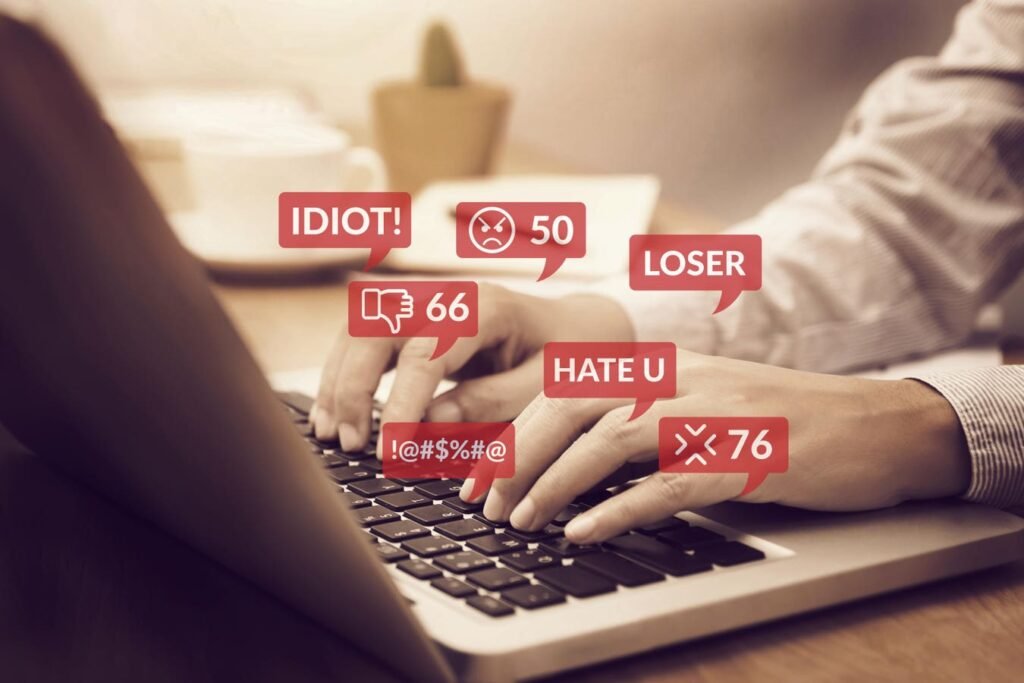Cyberbullying can affect users of all ages.
Much attention has been paid to the impact of social media on children—including in Senate hearings this week where lawmakers grilled the platforms’ heads. However, many of the biggest problems of social media are not limited to children.
Perhaps as an extension of our political divide or simply the fact that there is little decency online, social media has allowed many adults to act. Cyberbullying isn’t just affecting kids these days and the problem could be getting worse, experts have warned.
It can include personal attacks that instead of constructive criticism are often malicious, hostile and often even threatening.
“Cyberbullying is common and the growing popularity of social media has increased its prevalence,” he warned. Nathan Bowling, associate professor of psychology at the University of Central Florida. “Psychologists have long known that people are more likely to behave aggressively toward someone who is not physically present.”
Greater distance—Greater intimidation
Physical distance may allow many users on social networks to feel increasingly comfortable while behaving aggressively.
“When their victim is distant, perpetrators are likely to feel more anonymous, less vulnerable to retaliation from their victim, and more oblivious to the harm their behavior is causing,” Bowling added. “As a result of these factors, social media – which allows interpersonal distance between perpetrators and victims – makes it easier for people to bully others.”
Increased bullying has arisen as communication and human relations have undergone substantial transformation with the spread of information and communication technologies (ICTs). For the most part, the results have been positive. However, while this has brought people together, it has created new ways for some users to act.
“Today, individuals can engage in real-time conversations about personal, professional, or recreational topics. Social media is a pivotal aspect of people’s lives, serving as a platform for socialization, identity formation, and emotional development. However, the rise of ICT Availability has also given rise to various forms of violence, including cyberbullying – a phenomenon characterized by repeated and deliberate attacks through ICT”, explained América García, coordinator of the Master’s Degree in Psychology and Social Gerontology at CETYS Universidad.
“While cyberbullying has been primarily investigated among young people, it affects people in all age groups,” García continued.
Don’t feed the trolls
For those familiar with old Usenet groups and more recent online forums, the adage “don’t feed the trolls” still holds true. However, adults can often be just as likely to join in, rather than block or ignore those doing the bullying.
Bowling also recommended that it may be best for people to limit their use of social media when such activities occur. Whether it’s turning the other cheek or simply walking away, it can be the best way to deal with cyberbullying.
“This could include avoiding platforms that encourage aggressive behavior or blocking users who have a history of cyberbullying,” Bowling suggested. “I would advise against getting involved with cyberbullies as doing so often ‘gives the eggs’.”
Additionally, it can be very common for some users to not even realize they are being bullied — especially when conversations get heated.
“Victims who react aggressively to cyberbullies can contribute to a spiral of aggression,” Bowling noted. “One in which each participant engages in progressively more intense forms of aggression.”

1 Comment
Thank you for your sharing. I am worried that I lack creative ideas. It is your article that makes me full of hope. Thank you. But, I have a question, can you help me?